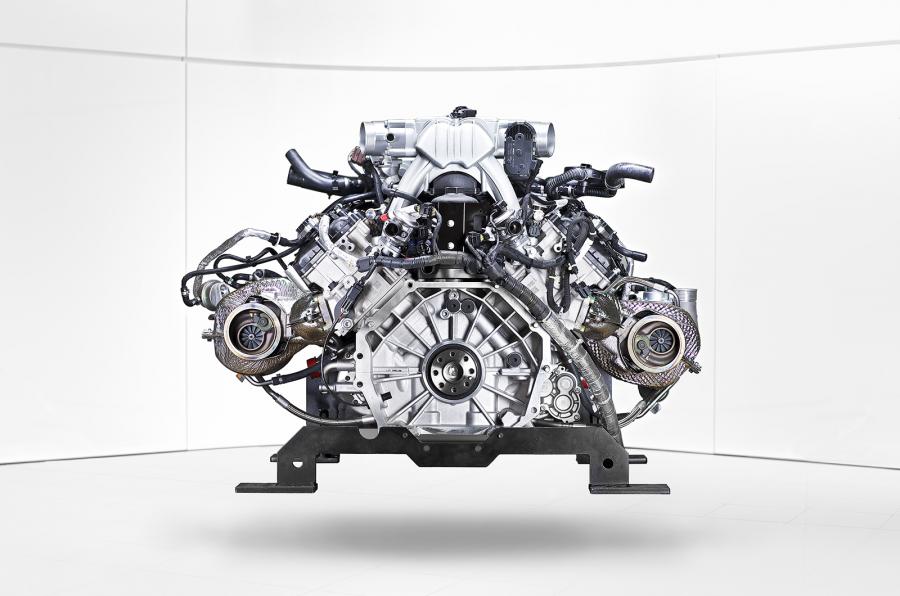


Soon, autonomous drones will play a pivotal role in our daily lives, routinely flying through our world – inspecting, monitoring, transporting, and building across our Critical National Infrastructure (CNI).
sees.ai’s system connects stakeholders, pilots, and drones with our proprietary tech stack, making operations safe and transparent – at scale. With our solution, critical national infrastructure operators can unlock the potential of autonomous BVLOS flight.
Safe
Record data from every flight across the fleet, to continuously improve autonomy and safety.
Capable
Capture high quality close quarter aerial data – optimised for AI processing and machine learning.
Supported
Streamline the aerial data capture process with one fully-supported solution.
Efficient
Deploy flexible, cost-effective aerial data capture in areas legacy methods can’t reach.
The UK’s Most Advanced BVLOS Permissions
Since sees.ai was established in 2017, we have made pioneering BVLOS at scale our primary focus. As a result, we hold one of the most advanced BVLOS flight permissions in the UK.
2019: Selected into the CAA Sandbox
sees.ai is the seventh organisation selected into the CAA Sandbox, alongside Boeing and Amazon. The UK Civil Aviation Authority (CAA) Regulatory Sandbox was created in April 2019 to facilitate aerospace innovation, in line with CAA core principles of safety, security and consumer protection.
2021: CAA grants UK-first permission to fly routine BVLOS operations
We are the first company in the UK to secure authorisation from the CAA for routine Beyond Visual Line of Sight (BVLOS) operations. This permission enables sees.ai to fly BVLOS at nominated sites, without needing to pre-authorise each flight.
2022: Selected to join Boeing Aerospace Xelerated
sees.ai joins the third cohort of Aerospace Xelerated, Boeing’s UK-based startup accelerator. Through this partnership, we receive backing from Boeing.
2022: UK-first trial with National Grid Electricity Transmission (NGET)
National Grid Electricity Transmission (NGET) launches trials of an automated corrosion-detection system, developed with sees.ai and KeenAI. The system uses autonomous BVLOS drones to gather close-quarter data, which is processed with AI.
2023: CAA grants routine BVLOS flight permission on live power lines
The permission allows routine BVLOS flights on two specific runs of National Grid Electricity Transmission (NGET) live overhead power lines – the first step to deployment across NGET’s critical national infrastructure.
2024: Third contract signed with National Grid Electricity Transmission (NGET)
NGET and sees.ai continue their two-year collaboration with another 10-month project. By early 2025, we hope to have expanded our CAA permissions and brought our system to further maturity.
Solutions for critical infrastructure

Electricity grid |
Remote, close-quarter inspection. Reducing work at height, costs and emissions. |

Oil and gas |
safer, faster, and more efficient environmental monitoring. Our technology allows operators to precisely locate dangerous gas leaks, to control their emissions and keep the environment safe |

Offshore wind |
An AI-powered autonomous inspection system for offshore wind turbines. |
Leadership team experience
Our senior team is ex. Apple, Arup, CERN, McLaren, Oracle Racing and hedge funds. Career highlights include: winning one Formula 1 World Championship; two America’s Cups; leading the team that designed and built the first hybrid engine ever used in a supercar (the McLaren P1); and heading up the European team at Eton Park, a hedge fund with $14bn Assets Under Management.
We are experts in robotics and autonomy, control systems and dynamics, GPS-denied navigation and building scalable software – all within the most high-risk and safety-critical work environments.















